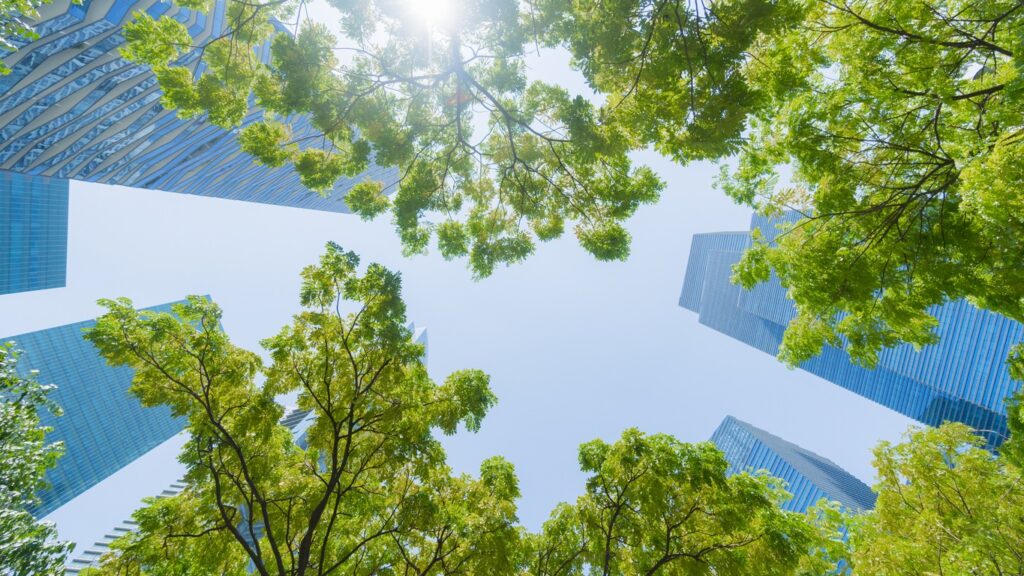
As concerns about environmental sustainability continue to grow, the commercial real estate sector faces increasing pressure to adopt sustainable practices, particularly in office buildings. From reducing carbon emissions to enhancing energy efficiency, there is a myriad of legal considerations that owners, developers, and tenants must navigate to ensure compliance and promote sustainability goals. This article explores key legal perspectives on sustainability in commercial office buildings, highlighting regulations, incentives, and best practices.
Regulatory Framework
The Government has implemented regulations aimed at promoting sustainability in commercial buildings. These regulations encompass such matters as environmental law, and energy efficiency standards such as adhering to MEES (the Minimum Energy Efficiency Standards). Compliance with these standards often entails specific construction and operational requirements, impacting everything from building design to ongoing maintenance in order to deliver premises’ at the minimum energy rating. Failure to comply with these regulations may result in fines, legal liabilities, and reputational damage. It is therefore essential that landlords, tenants and occupiers stay abreast of evolving environmental laws and incorporate compliance measures into their operational strategies.
Contractual Considerations
In leasing and development agreements for commercial office buildings, sustainability provisions are becoming increasingly prevalent. Landlords may include obligations for tenants to adhere to green building guidelines or participate in sustainability initiatives. Conversely, tenants may negotiate for energy-efficient features and renewable energy sources in their leased spaces.
Furthermore, green leases are emerging as a means to align the interests of landlords and tenants in achieving sustainability objectives. These leases may include provisions for sharing energy savings, allocating responsibility for building performance improvements, and facilitating cooperation on sustainability initiatives. By incorporating such provisions, parties can mitigate risks, reduce costs, and enhance the environmental performance of commercial office buildings.
Financial Incentives
Governments and financial institutions offer various incentives to encourage sustainability in commercial real estate development. Grants and subsidies may be available for projects that meet certain green building standards or incorporate renewable energy technologies. Moreover, green financing options may provide favourable terms for investments in sustainable buildings.
In addition to external incentives, sustainability can yield financial benefits through cost savings and increased property value. Energy-efficient buildings typically have lower operating expenses due to reduced utility bills, which can translate into higher net operating income and enhanced asset value. Therefore, integrating sustainability into commercial office buildings can yield long-term financial returns while fulfilling environmental objectives.
Conclusion
Sustainability has become a central consideration in the development, operation, and leasing of commercial office buildings. From regulatory compliance to contractual arrangements and financial incentives, landlords, tenants, and occupiers must navigate a complex legal landscape to achieve sustainability goals effectively. By understanding and addressing these legal perspectives, the commercial real estate industry can contribute to a more environmentally sustainable built environment while maximising economic benefits.
This article is for general purpose and guidance only and does not constitute legal advice. Specific legal advice should be taken before acting on any of the topics covered. No part of this article may be used, reproduced, stored or transmitted in any form, or by any means without the prior permission of Brecher LLP.




